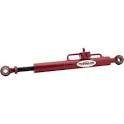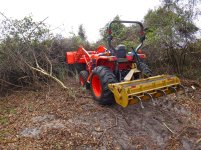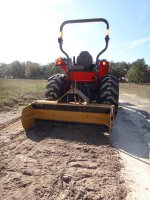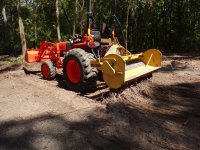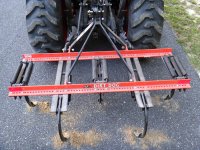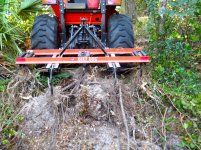Zerk
Veteran Member
I got a lot of mounds in the woods,if there wasn't so many I would think they are indian mounds. Lots of mounds around 12-18" high. Mingn country I have wondered if mining test rills, or just weird stuff left by glaciers.
What is the best way to flatten these for a trail? One of the biggest dissappoints was how hard it was to move settled dirt. Practice has helped, different angles of FEL. Wondering maybe need some teeth for the FEL. Have to be removable because I sue it for snow removal.
I am thinking one of my first purchases will be back blade or box blade. For rough work an knocking stuff down, would box blade be better?
For rough work should I practice more with the FEL, get teeth, or is an attachment better? Thanks.
I always thought a brush hog woud be my first purchase.
New Holland 2120 diesel 4wd.
What is the best way to flatten these for a trail? One of the biggest dissappoints was how hard it was to move settled dirt. Practice has helped, different angles of FEL. Wondering maybe need some teeth for the FEL. Have to be removable because I sue it for snow removal.
I am thinking one of my first purchases will be back blade or box blade. For rough work an knocking stuff down, would box blade be better?
For rough work should I practice more with the FEL, get teeth, or is an attachment better? Thanks.
I always thought a brush hog woud be my first purchase.
New Holland 2120 diesel 4wd.

